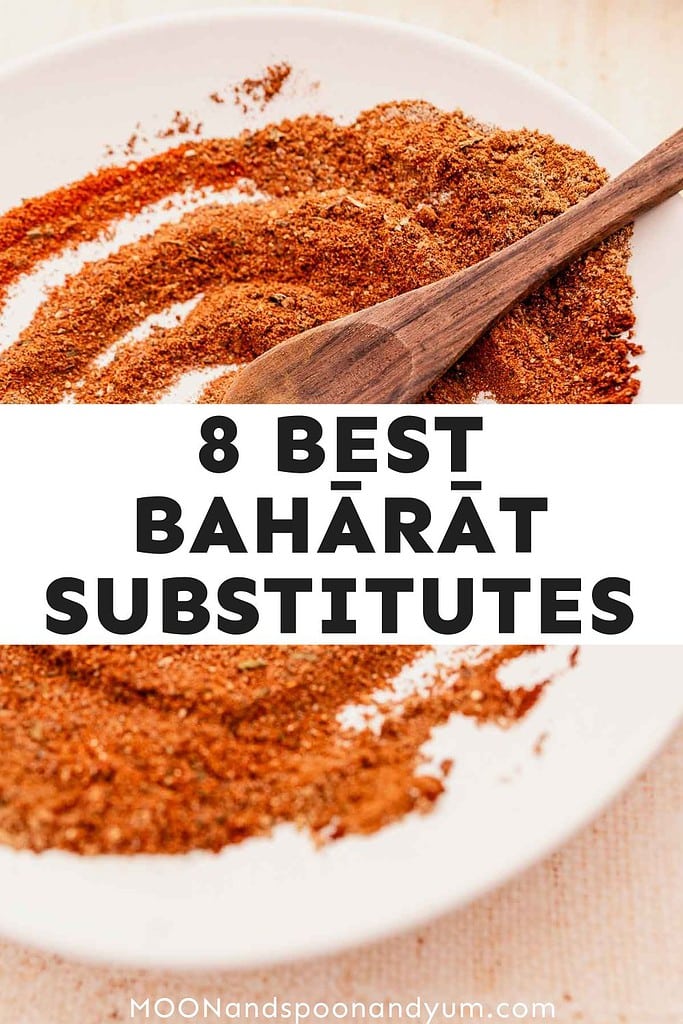8 Best Baharat Substitutes
In this post, we’ll look at 8 of the best baharat substitutes to keep your cooking on track. No fancy ingredients here, just straightforward swaps that you can easily find in your pantry or your nearest grocery store.
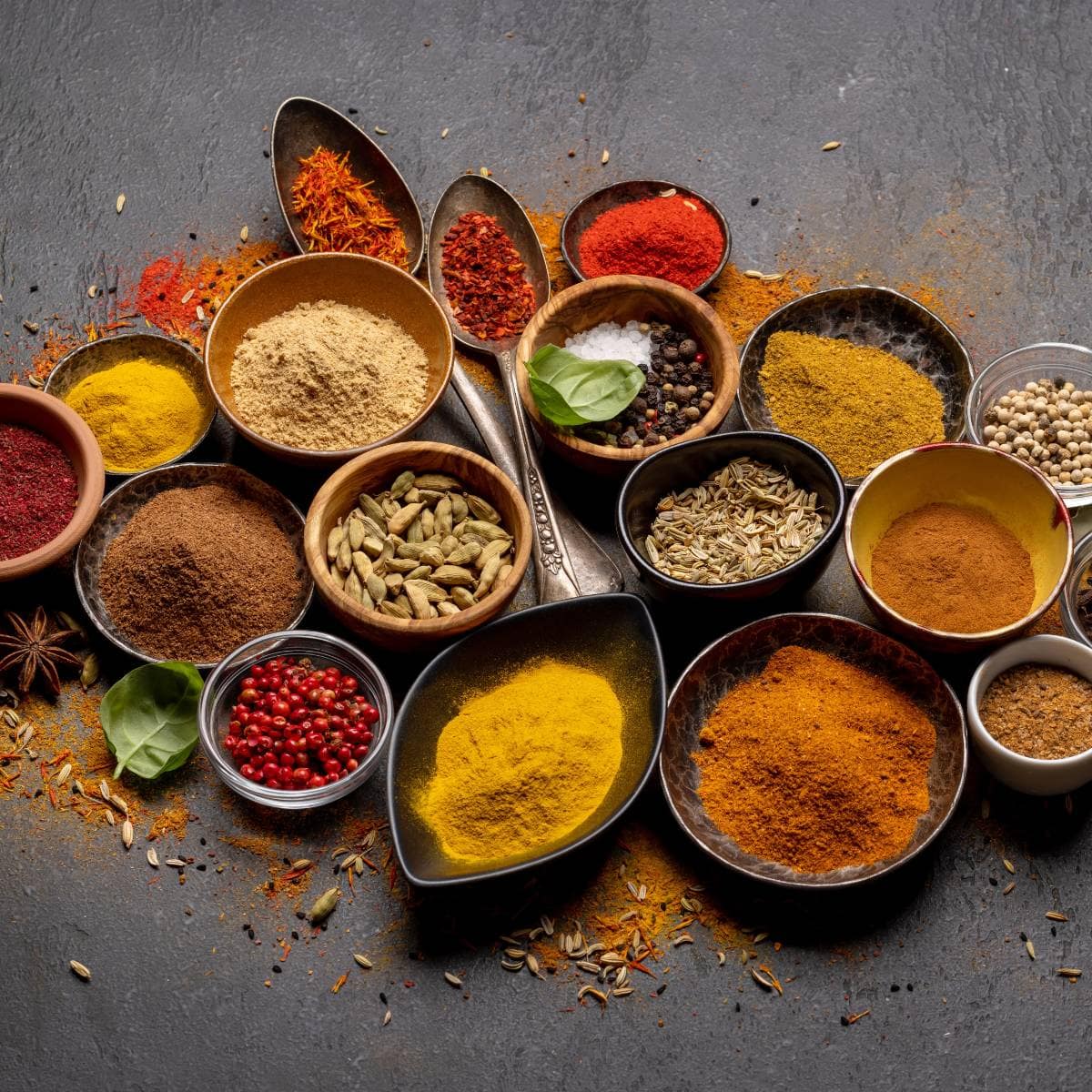
Baharat, a staple in many cuisines from the Levant to the Persian Gulf, provides warmth and complexity to dishes. However, not having it on hand doesn’t mean your recipe is doomed. Several substitutes can mimic its rich flavor profile.
These bahārāt substitutes capture that warm, rich flavor of the original spice blend. Learn how to tweak your recipes and still achieve that authentic Middle Eastern taste.
What is Baharat?
Bahārāt, meaning ‘spices’ in Arabic, originates from the Middle East. It’s a staple in many regional cuisines, particularly in the Levant and the Gulf. Its history is rooted in the spice trade that flourished in the region, with each locality adapting the blend to its own culinary traditions. Baharat is known for its versatility and has been used for centuries to add warmth and flavor to dishes.
This spice blend typically combines black pepper, paprika, cumin, coriander, cloves, cinnamon, nutmeg, and cardamom, but the ingredients can vary.
Baharat is not just a flavor enhancer but also carries the historical significance of spice trade routes that shaped the culinary landscapes of Middle Eastern societies. It’s used to season meats, rice, and even as a condiment, reflecting its integral role in the region’s food culture.
8 Best Baharat Substitutes
Ras el Hanout
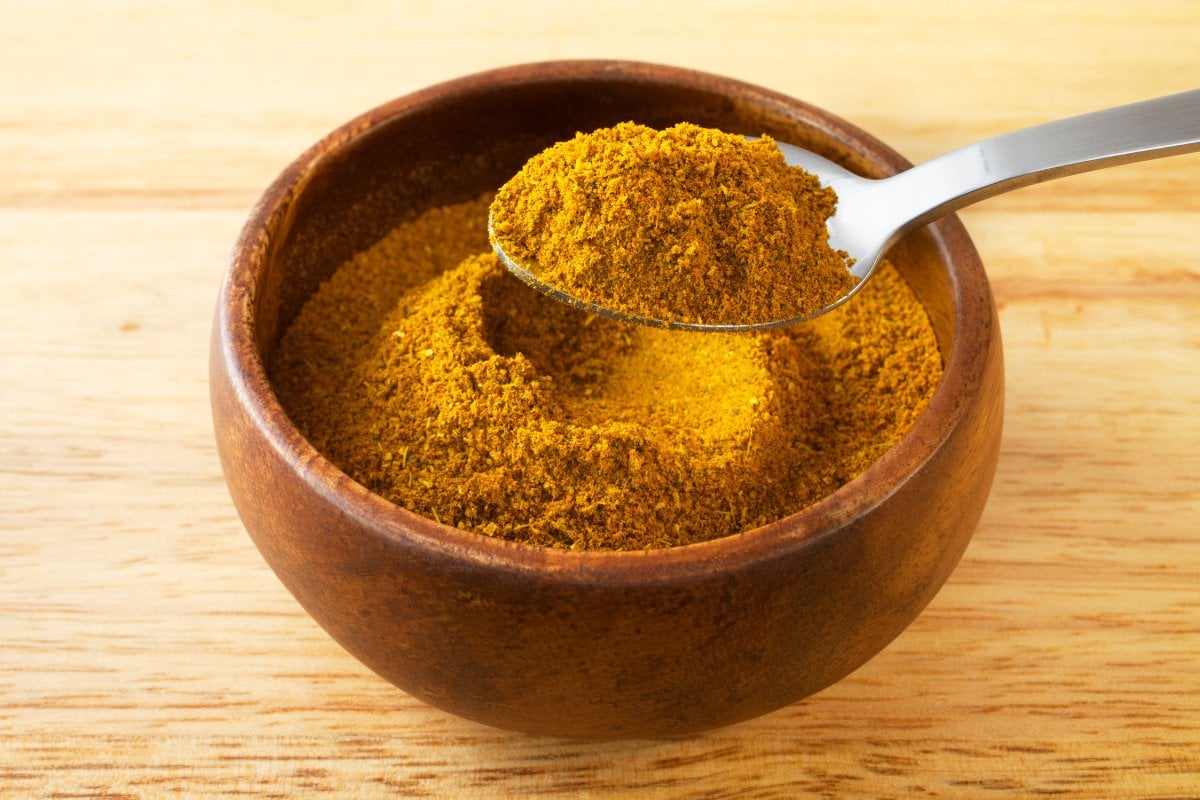
Ras el Hanout is a North African spice blend known for its rich, complex flavor. It translates to “head of the shop,” signifying the best spices available. This blend typically combines over a dozen spices, including cardamom, nutmeg, anise, mace, cinnamon, ginger, and various peppers.
As a substitute for baharat, Ras el Hanout brings a similar depth and warmth to recipes. Its versatility and layered taste profile make it a great stand-in for baharat’s spicy-sweet character. To use it, start with a one-to-one ratio when replacing baharat, then adjust it to your preference.
Garam Masala
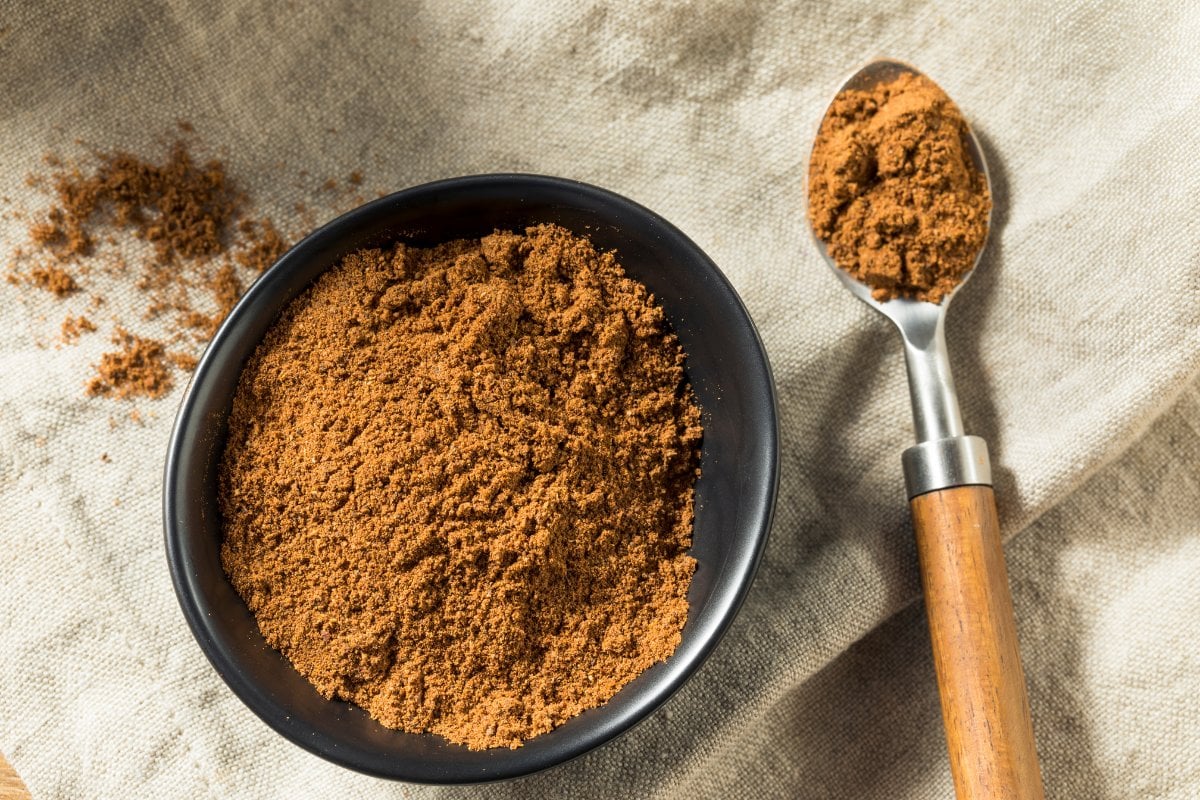
Garam masala is a warm, aromatic Indian spice blend with a mix of ground spices like cinnamon, cardamom, cloves, and cumin. The name “garam” means “hot” and “masala” means “spices,” indicating the blend’s intention to raise body temperature, according to Ayurvedic medicine. This blend is an important ingredient in many Indian dishes. The blends vary regionally with some featuring up to 20 different spices.
It’s a great baharat substitute because it shares many spices and offers a similar flavor profile. To substitute Garam masala for baharat, begin with a one-to-one ratio and adjust to taste. Consider that Garam Masala can be more potent.
Berbere
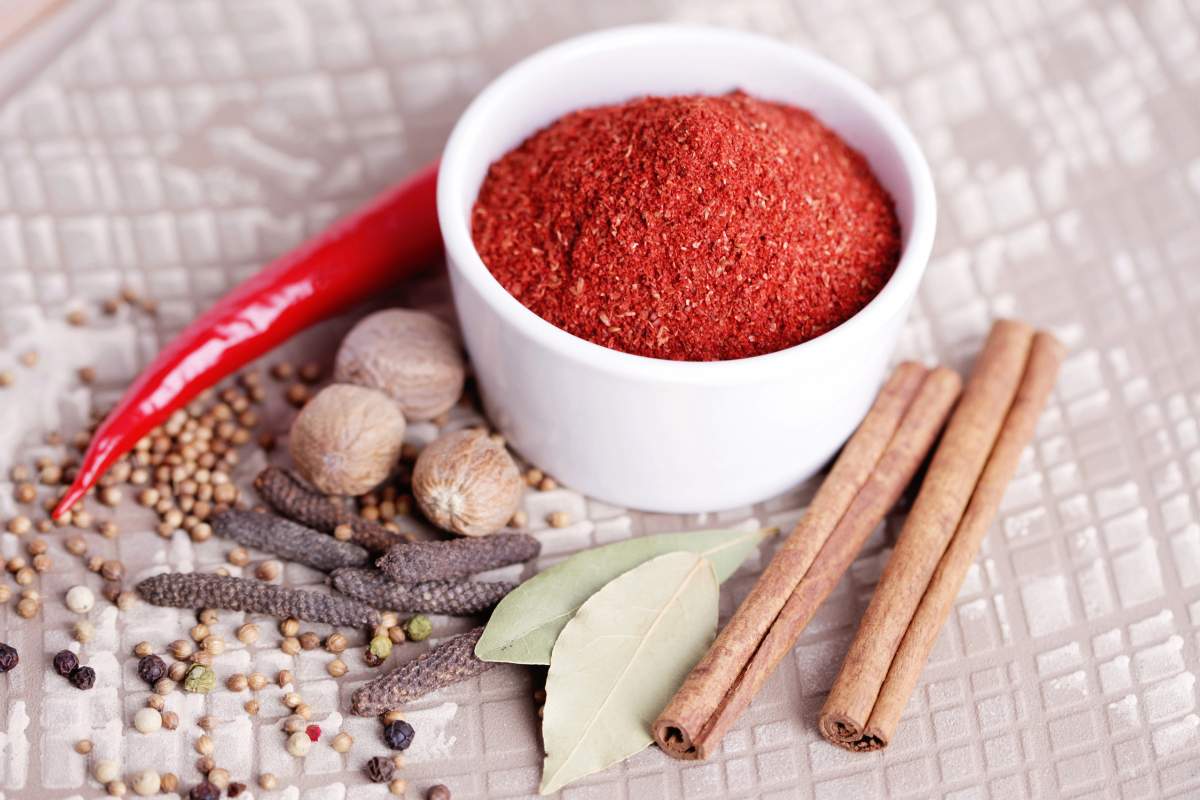
Berbere is a fiery, red spice blend from Ethiopia. It’s used in many Ethiopian dishes, particularly stews and meats. It typically contains chili peppers, garlic, ginger, basil, korarima, rue, white and black pepper, and fenugreek. The blend’s heat and boldness come from the chili peppers, while the other spices add layers of flavor.
Berbere makes for a good baharat substitute due to its complex mix and peppery warmth. It adds a similar depth with a bit more kick. When substituting, use berbere sparingly at first, as it is spicier than baharat, then adjust to your desired heat level.
Tikka Masala
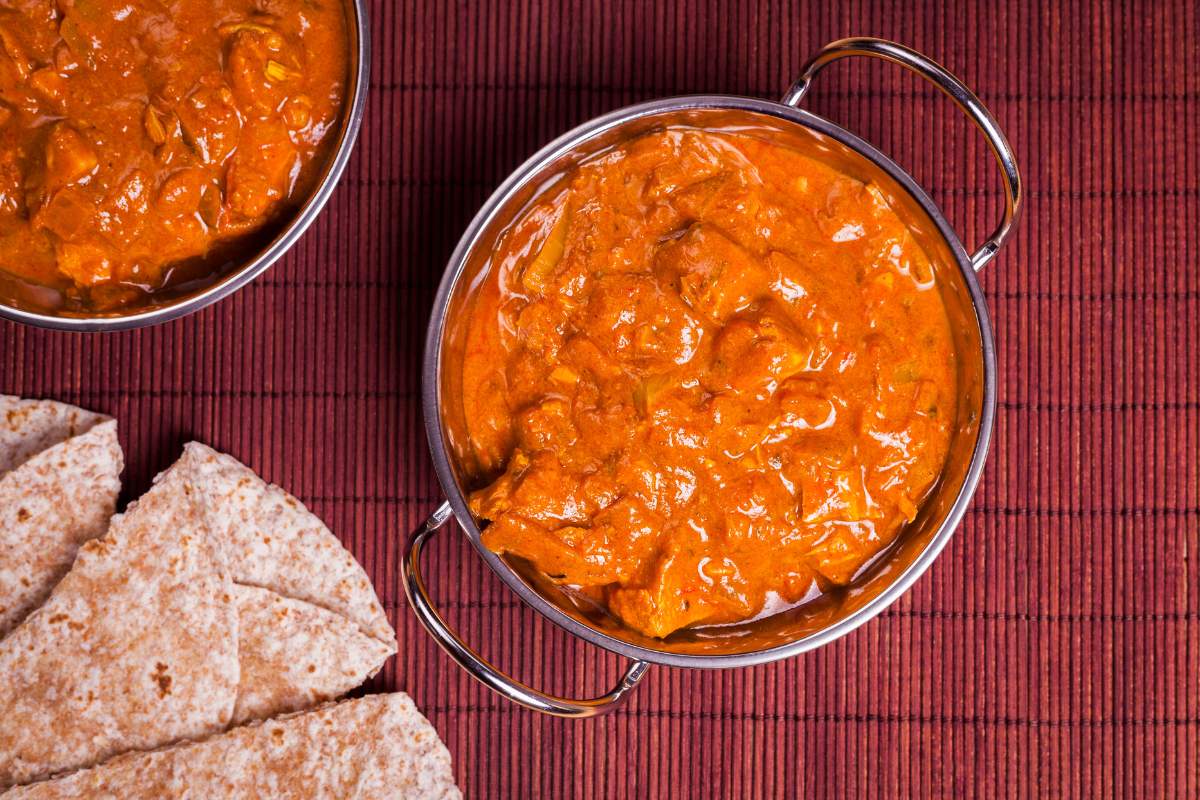
Tikka Masala is a creamy, tomato-based sauce infused with spices. It’s often used in Indian and British cuisines to create the popular dish chicken tikka masala. The sauce typically includes garlic, ginger, cumin, coriander, paprika, and garam masala. The rich flavor and slight tanginess of tikka masala come from the combination of tomatoes, cream, and spices.
Tikka masala can be a great substitute for baharat because it shares a similar spice profile, with a balance of earthiness and a hint of sweetness. To use it as a substitute, you can incorporate the sauce into dishes that call for baharat to add a creamy texture and robust flavor. Adjust the amount based on the recipe and your taste preferences.
Ground Cumin

Ground cumin is a powdered spice made from the dried seeds of the Cuminum cyminum plant. The plant is commonly used in various cuisines for its earthy and nutty flavor. Cumin is a key component in spice blends like taco seasoning, chili powder, and curry powder. It’s rich in iron and has been associated with digestive benefits.
As a substitute for baharat, ground cumin works well because it’s a core ingredient in both blends, providing a warm, earthy base flavor. To use ground cumin in place of baharat, start with a smaller amount since it’s more concentrated and lacks the complexity of the full baharat blend, then adjust to taste.
Tandoori Masala
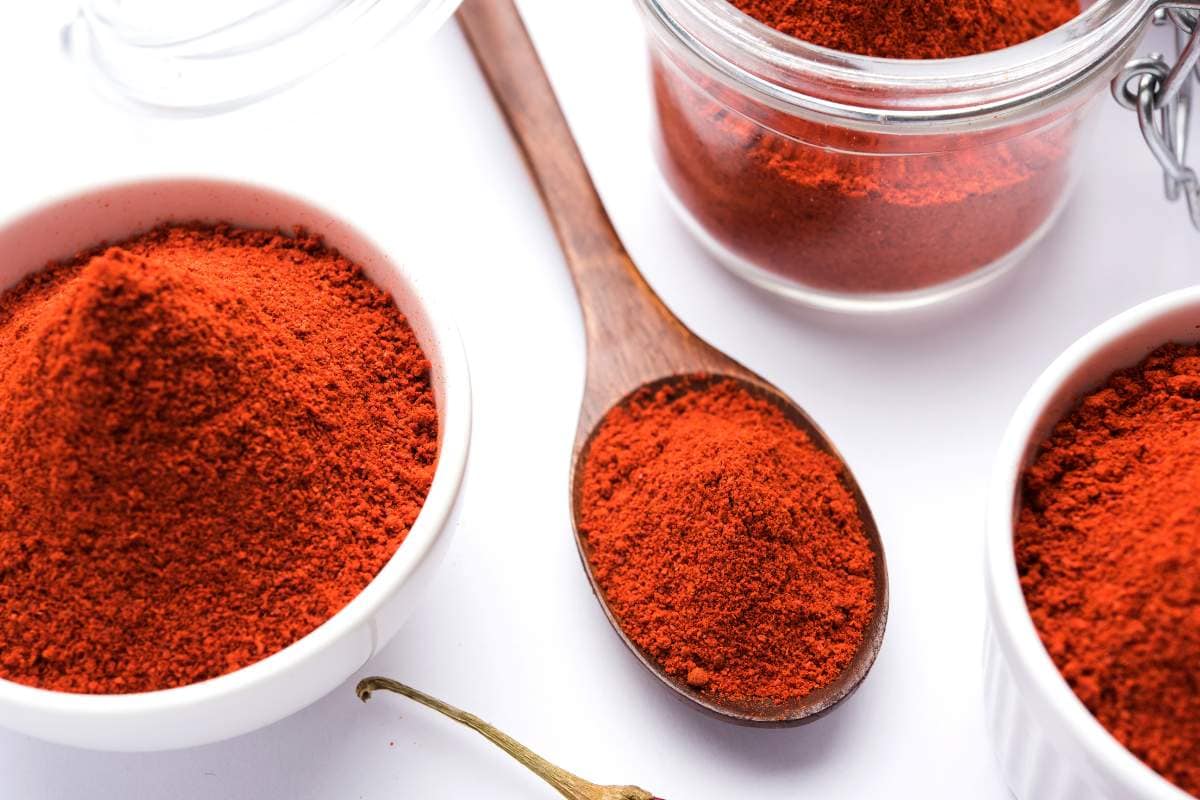
Tandoori masala is a vibrant, red-hued spice blend. It’s traditionally used in North Indian cuisine to marinate foods for cooking in a tandoor clay oven. It combines spices like cumin, coriander, garlic, ginger, and paprika, which give it a smoky, slightly spicy flavor. This masala is often associated with the iconic tandoori chicken dish, known for its distinctive red color, which comes from the paprika and sometimes added red food coloring.
It serves as a great substitute for baharat because it offers a similar warm spice profile with a touch of smokiness. To use tandoori masala as a substitute, apply it in a one-to-one ratio. Keep in mind that it might impart a more pronounced smoky flavor and vivid color to your dish.
Allspice
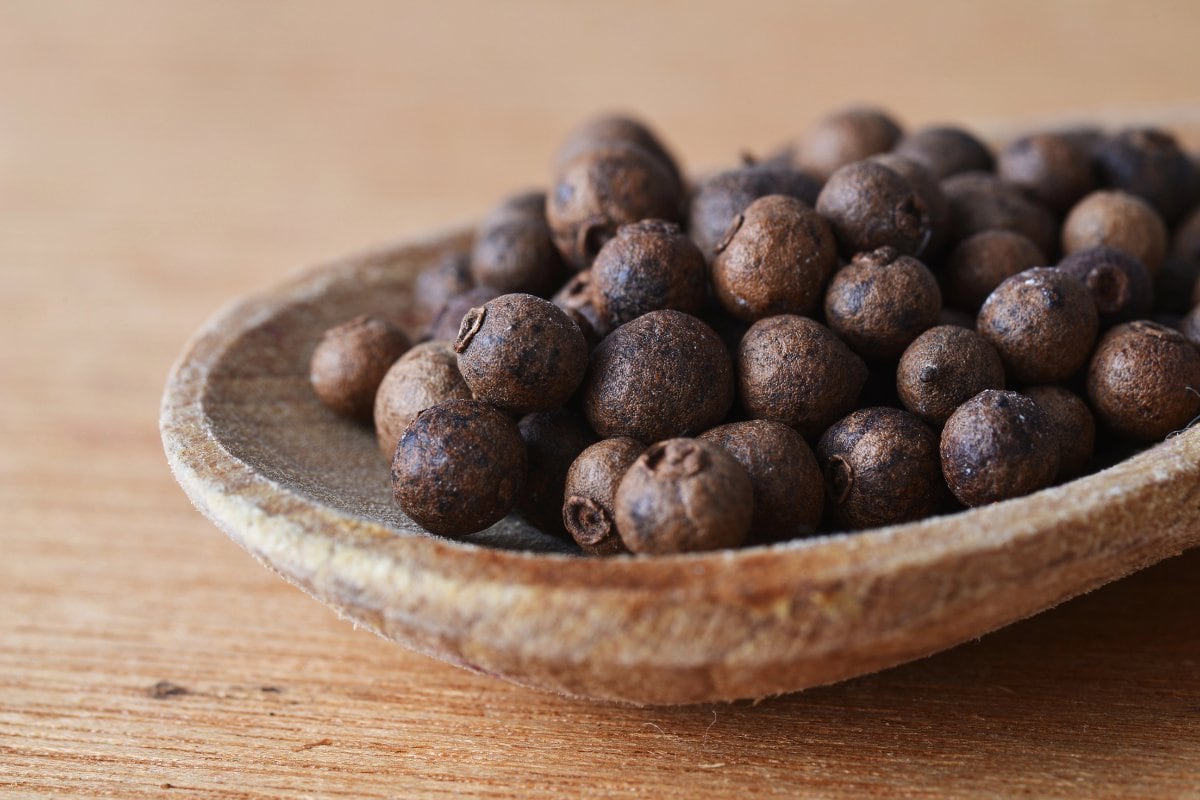
Allspice is a single spice made from the dried berries of the Pimenta dioica plant. It resembles a blend of cinnamon, cloves, nutmeg, and pepper. It’s a key ingredient in Caribbean jerk seasoning, Middle Eastern cuisine, and many baking recipes. Allspice is also known for its use in pickling, marinating, and as a seasoning for meats and stews.
It’s an excellent substitute for baharat because it shares the warm, sweet, and peppery notes that are characteristic of the Middle Eastern spice blend. When using it as a substitute, start with half the amount called for and adjust according to taste, as its flavor is quite potent.
Homemade Baharat Spice Mix
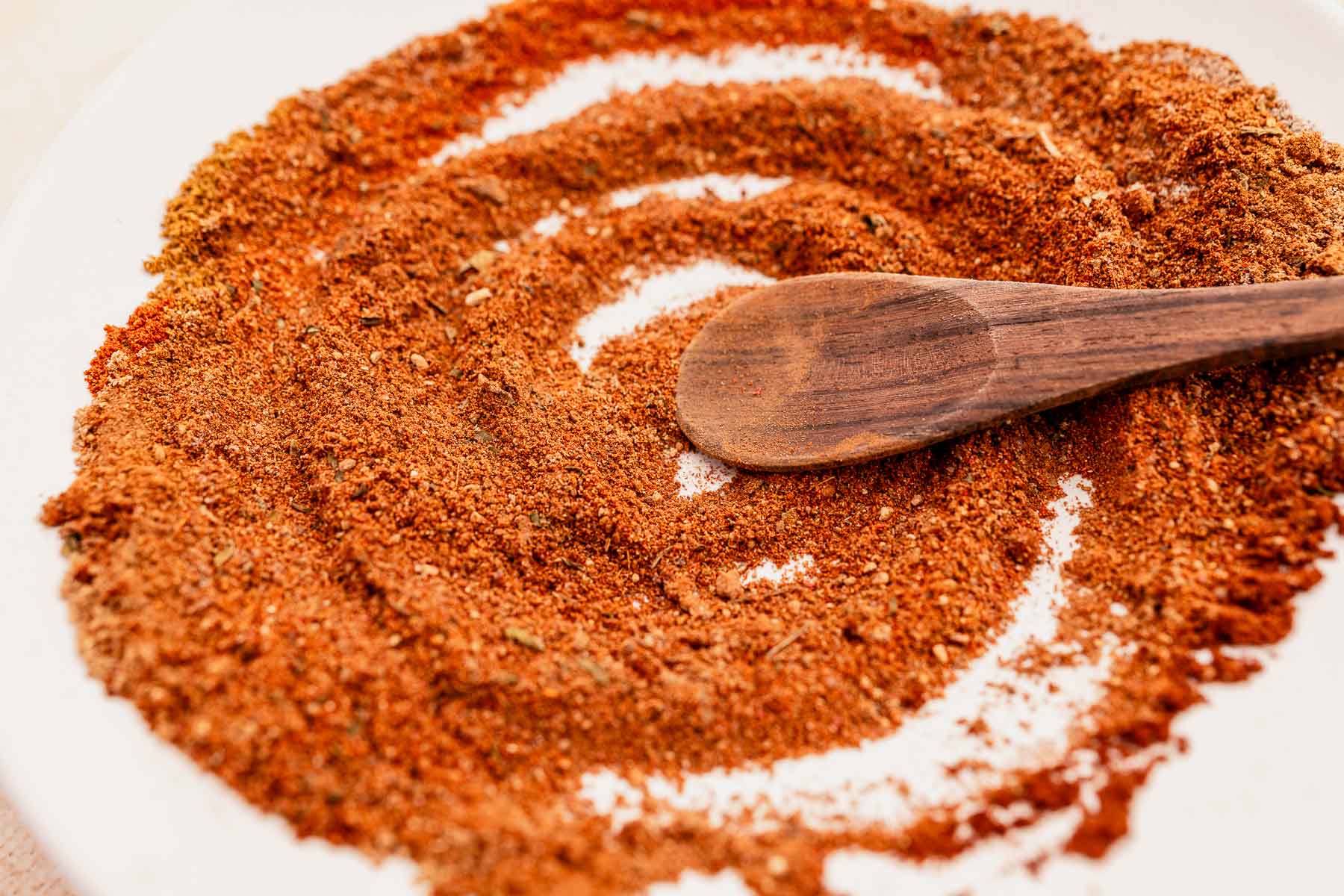
Making your own Baharat Spice Mix is possible and allows you to craft a personalized blend with readily available spices. By mixing your own, you ensure peak freshness and can adjust the proportions to suit your flavor preferences. It’s often more cost-effective than buying pre-made mixes.
Use my homemade baharat spice, then use it in recipes as you would the store-bought version, enjoying the enhanced flavor of your custom blend.

